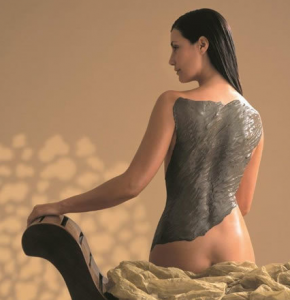The good word on Marine Muds
The use of muds has been popular since ancient times with Cleopatra and the Queen of Sheba “rolling in the mud” so that their skin would be soft and beautiful.
There are several types of mud, with different mineral contents:
- Volcanic muds from Italy, Canda and Iceland;
- Thermal muds taken from springs which contain 40% silt, 48% clay and 12% sand with the best ones coming from Europe; and
- Marine Muds which are formed by deposits and sediments. These are sometimes drawn from depths of 800m and contain 10 times as many minerals as sea water.
 Each mud has a specific use and common action: myalgic and relaxing for joints and treating action for skin diseases. Their softening properties are great for the treatment of cellulite.
Each mud has a specific use and common action: myalgic and relaxing for joints and treating action for skin diseases. Their softening properties are great for the treatment of cellulite.
The most known marine mud comes from the Dead Sea which contains water that is ten times saltier than ocean water and is rich in sea minerals (320 g/litre). Dead Sea Muds have numerous uses in various medical fields, such as dermatology, rheumatology and pneumology. In beauty and well being centres they are also used to treat fatigue and stress due to their rich magnesium content (a natural anto-stress agent). They are also recommended for improving skin beauty, treating heavy legs, and refining.
** content provided by Thalgo
Trackbacks and pingbacks
No trackback or pingback available for this article.


Leave a reply
You must be logged in to post a comment.